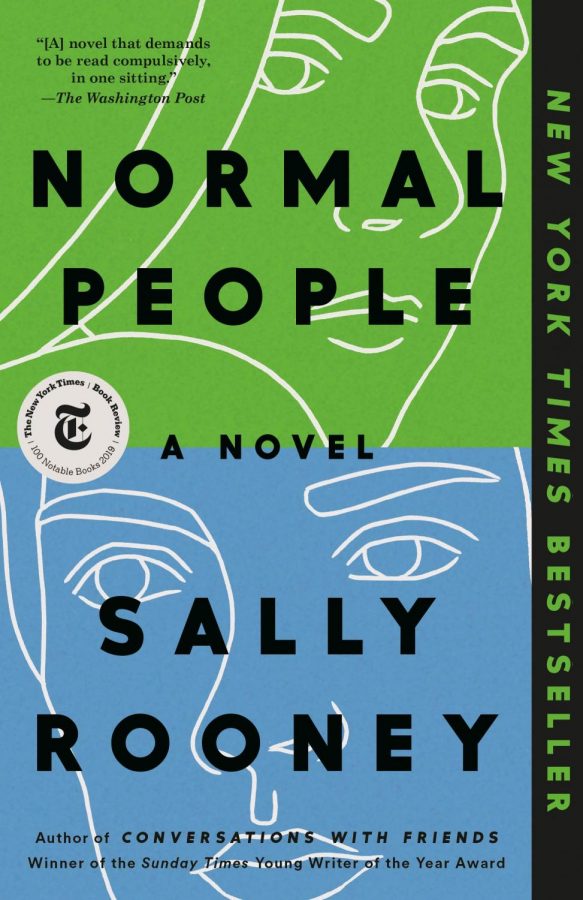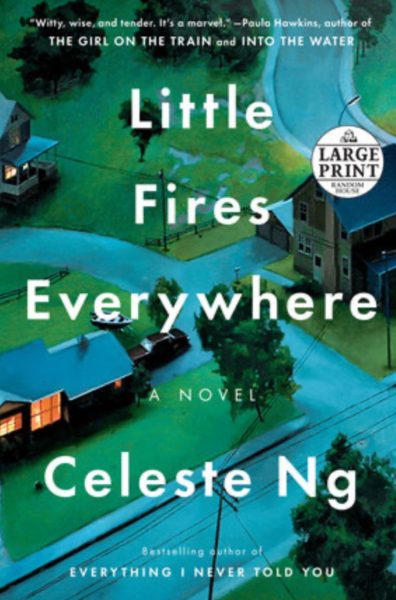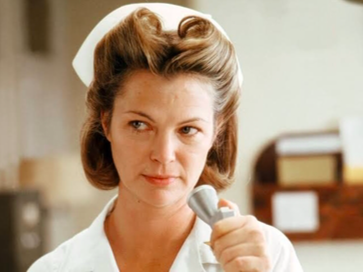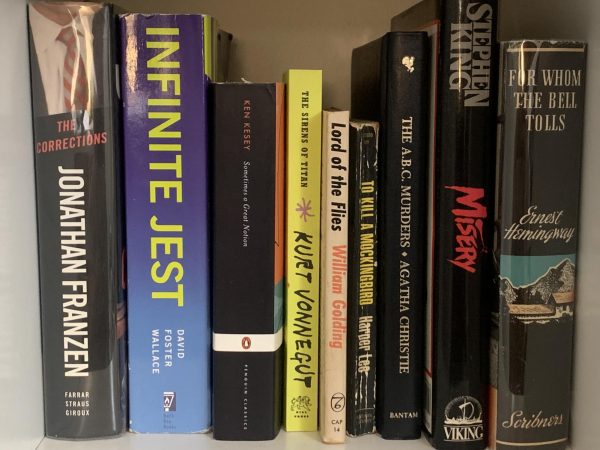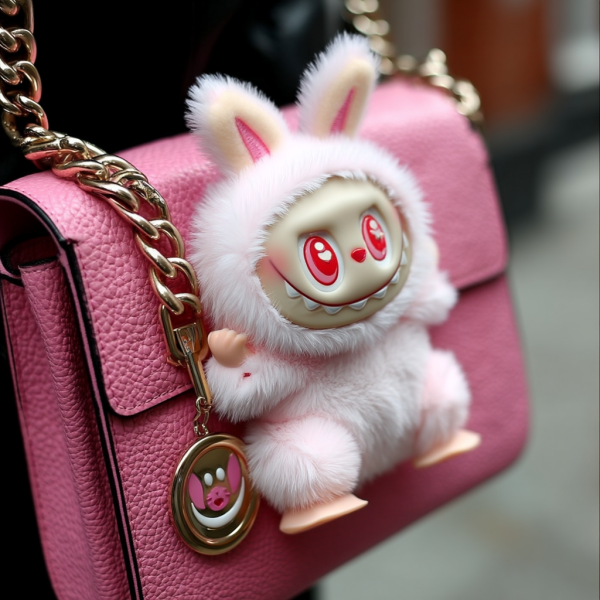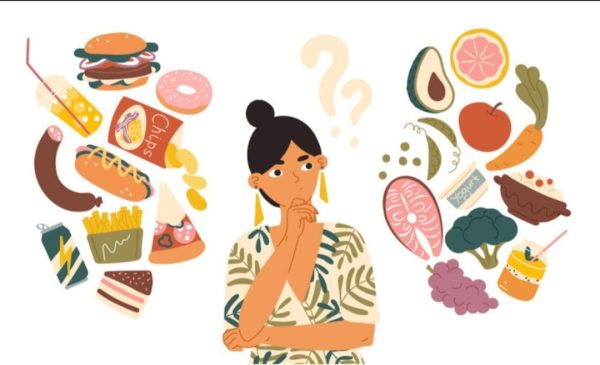Rooney’s second novel proves that lives can change, especially for teens
Book Review of “Normal People” by Sally Rooney. A special message, too, for those who watch the review on YouTube.
Although this book could be seen as a cliche, there are real life issues that the main characters have to deal with. They learn to deal with, social classes, peer pressure, miscommunication, abuse, depression, and suicide working together.
What starts off as a modern Romeo and Juliet turns into a story about building yourself in Sally Rooney’s second novel, “Normal People.” The story follows the interactions between Marianne Sheriden and Connel Waldron over five years.
There isn’t one way to describe this book as there are many complex layers to each character. The two main characters are the
smartest kids in virtually any room but they come from different places in the social hierarchy. Marianne’s family is rich whereas Connell’s family isn’t. Their socioeconomic standings don’t just affect their romance, but also their future. They both end up at the same college but Connell is constantly applying for scholarships and part time jobs to relieve the debt that comes with
college.
Marianne and Connell meet each at various points in their lives by chance but are continuously separated by their socioeconomic standings and reputations in high school and college. Marianne is an outcast in high school though she was raised with material wealth. Her abusive father died a few years prior to the novel though her brother continues verbally and physically abusing her.
On the other hand, Connell was born into a lower-middle class family who lives with his mom. Connell’s reputation at school is the opposite of Marianne though his mom works as a maid for Marianne’s family. Though both come from vastly different households, they both are at the top of their class academically causing them both to be accepted into the same college. Every chapter of this story has a time skip, whether it be two weeks or eight months so you get to see their relationship progress over time. The relationship between Marianne and Connell alternate between friendly and romantic over the course of five years.
The book starts with Connell and Marianne in Marianne’s kitchen making awkward conversation while waiting for Connell’s mother to finish up. They start hooking up but no one else knows due to Connell’s fear of her ruining his reputation in high school. Due to an error in communication, Marianne ends up embarrassed and doesn’t come back to school. Both end up attending Trinity College, separately, and end up meeting at a party.
At first, Connell doesn’t recognise Marianne because of how much she’s changed. She’s become confident and is now the popular one whereas Connell is seen as the outcast. They try to resolve their issues and become friends since both of their significant others, at the time, were friends. Their complicated relationship is repeatedly muddled with secrecy, miscommunications, and anxiety about their
place in the social hierarchy. When the two are in college they have to confront different issues though they attend the same university. When one of Connell’s friends commit suicide, Connell falls victim to depression. Around the same time, Marianne finds herself in an abusive relationship.
The story follows their lives as they find their way back to one another and try to overcome the socioeconomic ties pulling them apart. Along with the issue of class disparity, the book also focuses on peer pressure. Marianne was pressured into changing herself because she was told it would make her look nicer. Although she became more confident, her personality changed as well. Towards the end, she is seen taking the first step to being herself and since the book ends on an open note, it is probably assumed that she has worked on being herself.
In the beginning of the book, Connel is seen as a victim of peer pressure. Since his friends don’t know what’s going on between Connell and Marianne, they continue to bully Marianne even though Connell doesn’t want to. It isn’t until one of his friend’s suicide that they all connect and apologize.
Although this book could be seen as a cliche, there are real life issues that the main characters have to deal with. They learn to deal with, social classes, peer pressure, miscommunication, abuse, depression, and suicide working together. The ending isn’t definite
since it leaves them with a major life changing decision that isn’t answered. It allows the reader to decide what they might have done. This book shows how people can change, especially in your teens and young adult life.


